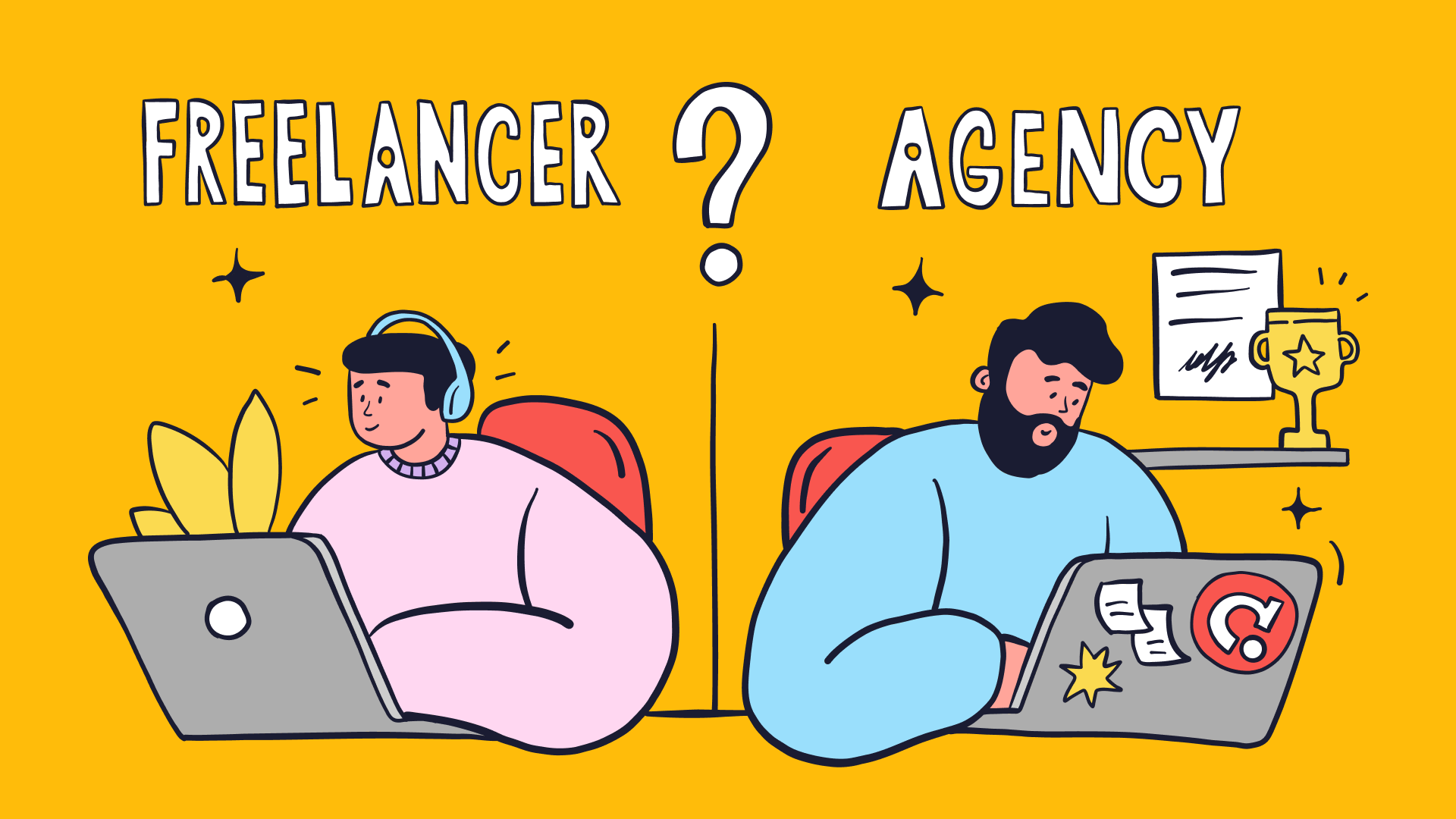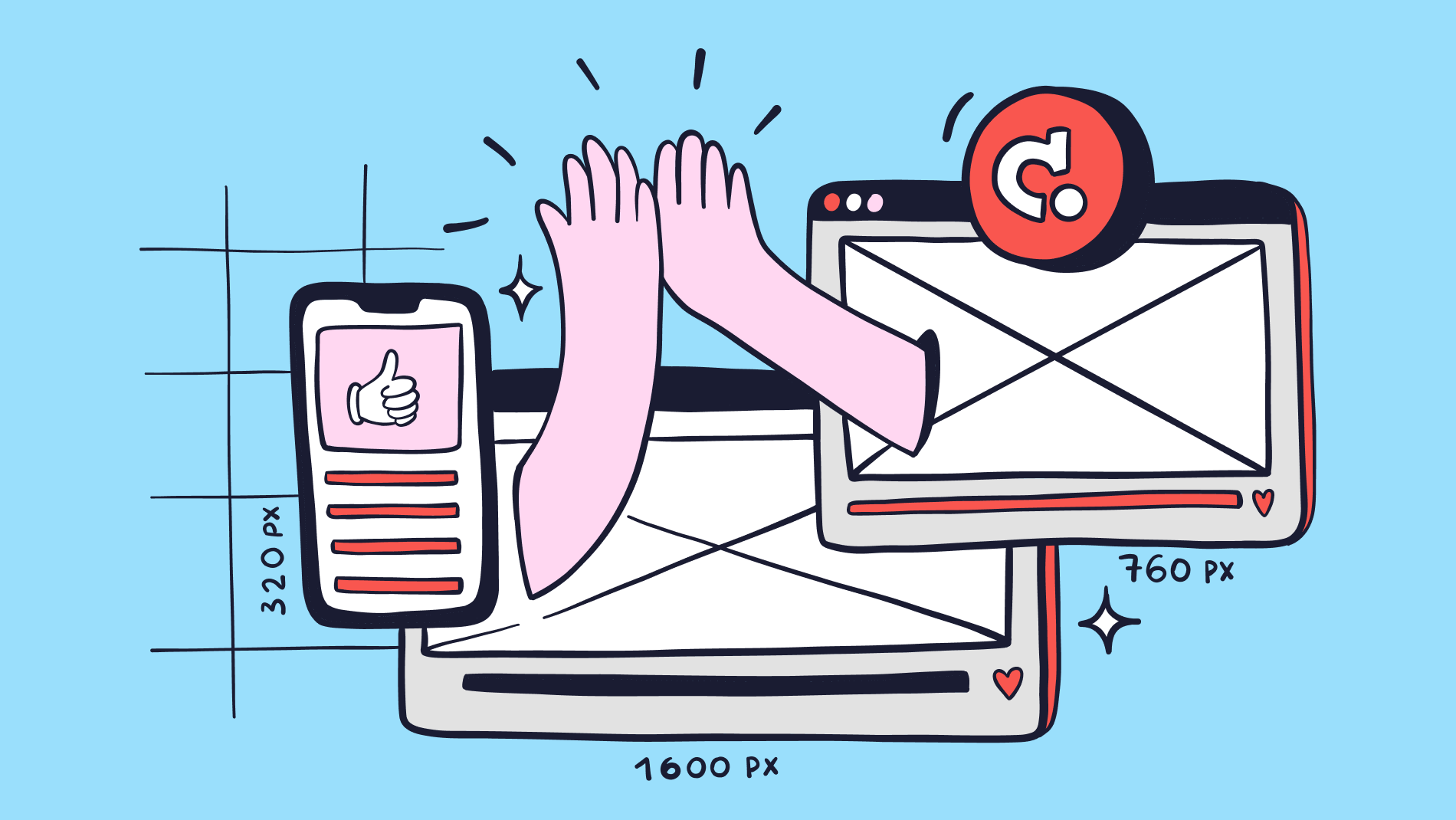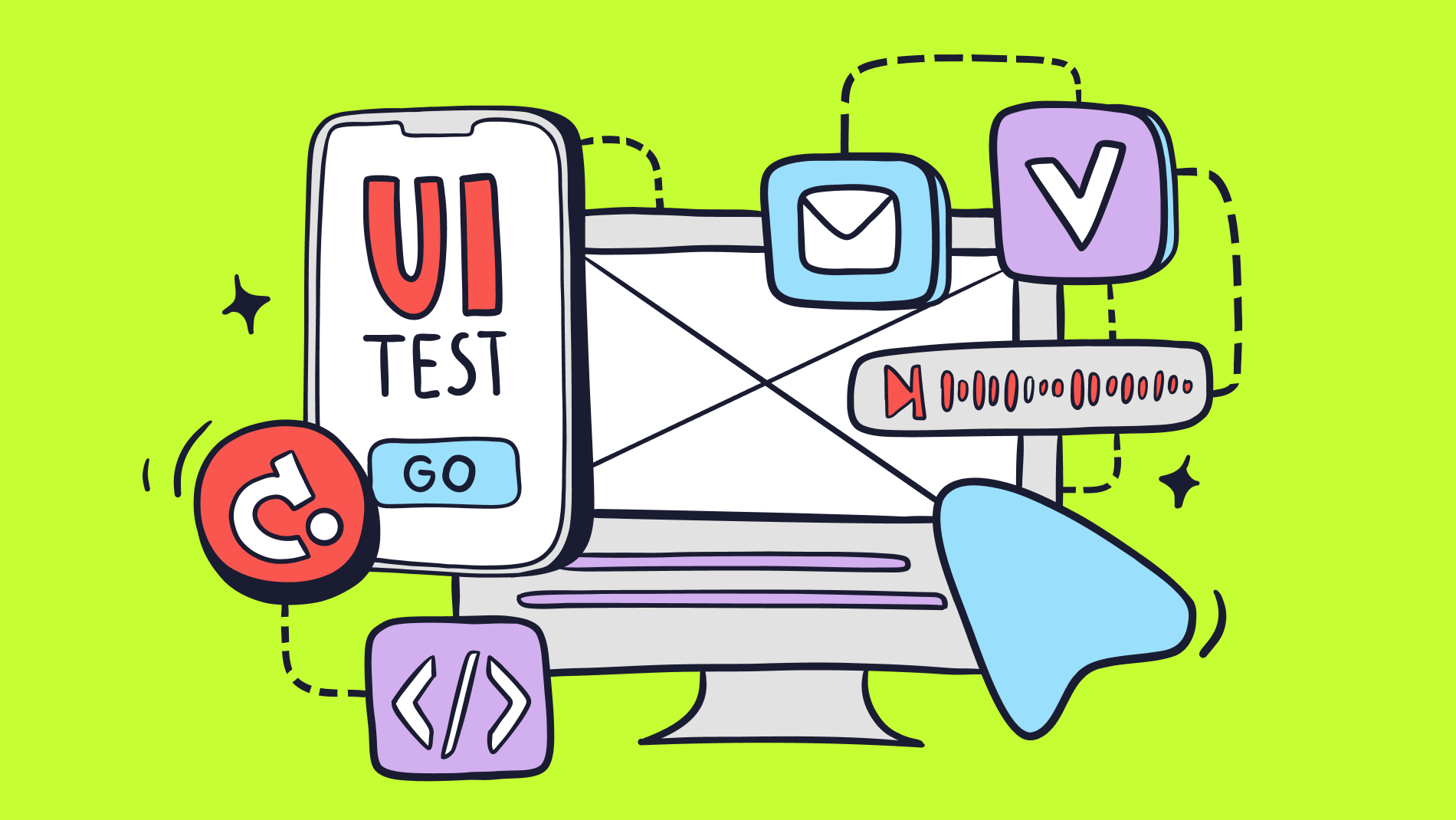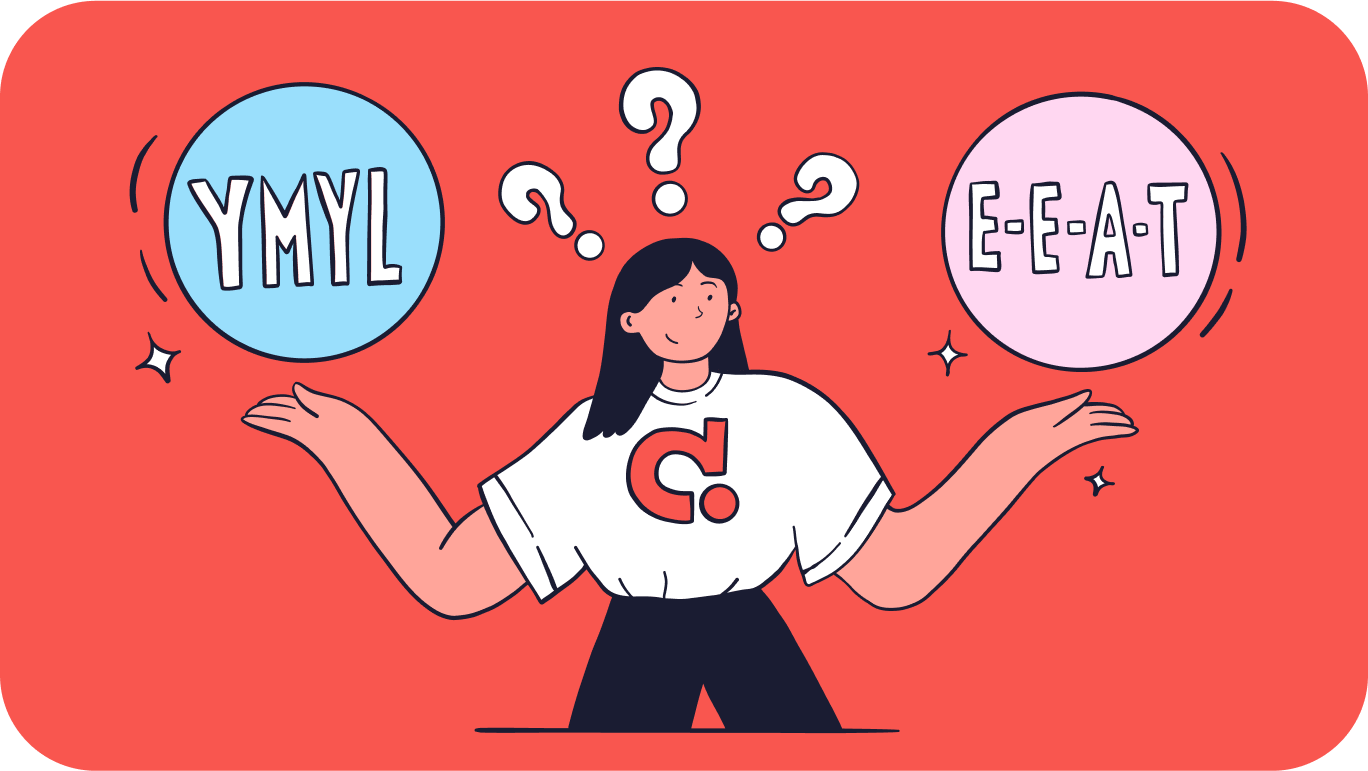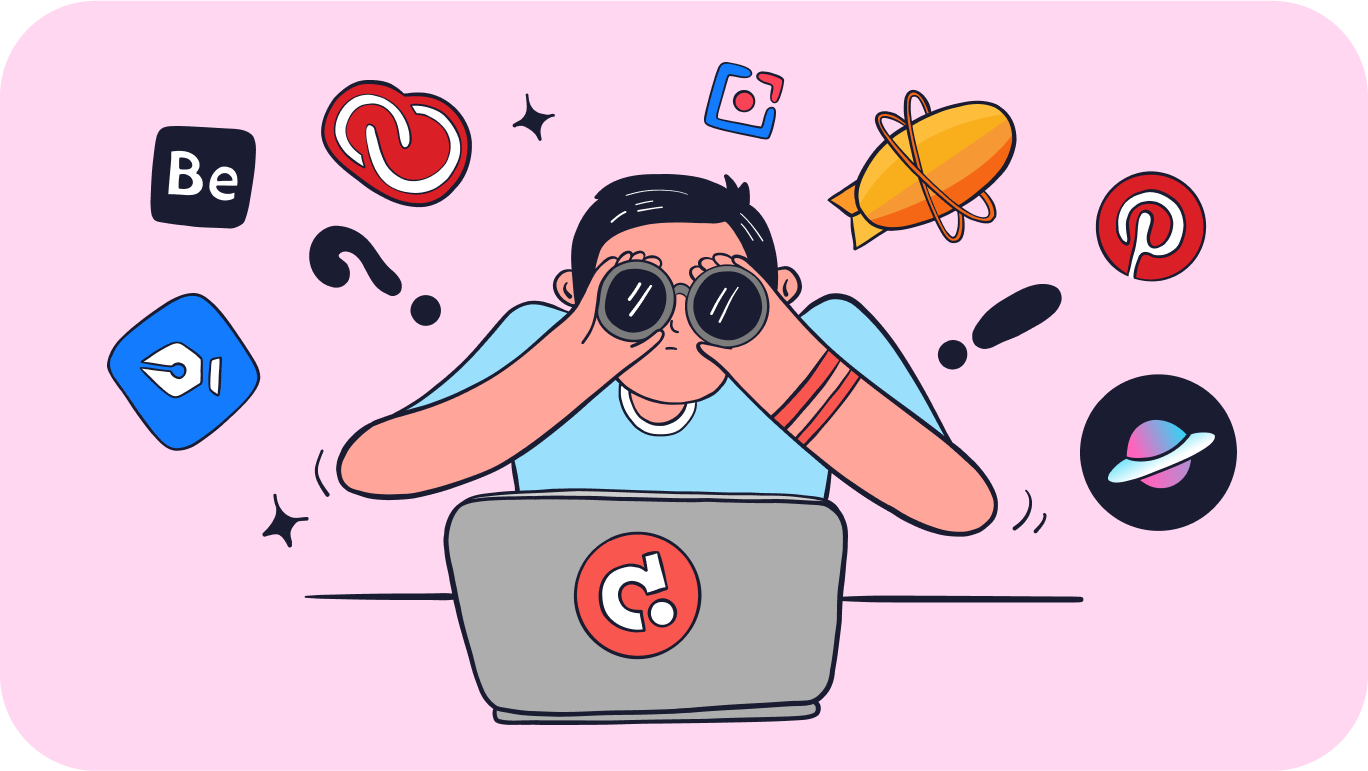Why is logo design expensive?
At first glance, it seems that the price of a logo is unreasonable and the spending makes no sense. However, we want to dispel this myth. A logo is more than just a trademark of a brand. Let's see what functions it fulfils and what effect it has on the brand.
First impression
Statistically, there are only seven seconds to make a first impression. A logo introduces consumers to a brand. It creates a first impression that piques customers' interest and encourages them to learn more about the company. A logo is able to encourage people to interact with the brand.
The absence of a logo creates a dull picture that will repel potential customers. It will not matter how high the quality of services or the level of professionals if the company does not create the right first impression. This will directly affect brand development.
Improve brand loyalty
Through consistent product releases, attention to customer service and consistency in all aspects, a company gains brand loyalty. Creating brand loyalty takes time. But eventually, loyal customers come around. It is better to focus on building customer loyalty if you want to expand your company with minimal cost.
A logo plays an important role in creating an impression of reliability among consumers. It is like familiar signs that demonstrate the reliability, availability and quality of the product. Therefore, the presence of a logo is thought of early on so that the brand is remembered by people.
Attracting target consumers
It is important for businesses to attract more customers through marketing techniques. Logo plays a role in advertising and is at the core of strategies to attract customers.
The design of the logo, including colours and styling, is consistent with the tone of voice of the business and the products being sold. For example, choosing a colour palette for the logo and branding can evoke the right emotions.
Similarly, the font and lettering of the logo speaks to the personality and values of the company. The design focuses on the audience you want to appeal to. A traditional font with a minimalistic design is used for a brand that targets a mature consumer audience. Conversely, a rounded font with soft curves is more suitable for a children's brand, as it looks cheerful and casual.
Each style and colour relates to a specific group of people and appeals to the products. Thoughtful logo design that caters to the needs of the business attracts the attention of a particular segment.
Affirms professionalism
There are terms that make people feel that a company is reliable and professional. This helps to inspire trust in potential customers and increase the likelihood of conversion.
Product quality and customer service are at the top of the list of conditions. But the logo plays an equally important role in the professionalism of a company. A professional logo design shows that the company pays attention to details. It meets the requirements and expectations of the customers.
On the other hand, if a brand does not have a logo, it will cause doubt among people. It shows neglect, which leads to loss of customers and profits.
Factors affecting the cost of a logo
Logo design is a step-by-step process that involves research, sketches and several design concepts.
This is why the cost of custom logo design packages can vary. Not only from a relatively cheap price to several thousand dollars. The cost will be influenced by the amount of time and effort it will take to complete the job.
The reputation of the designer
The prices of a designer's services go up when he or she becomes popular. People are willing to pay more for the work of professionals with a proven reputation. Some people just care that the work was done by a specialist with a well-known name. The cost of the service depends on reputation and demand.
Prices should not be high if no one knew about the designer, he has no reviews or recommendations. Even if the designer is experienced and talented. Reputation affects the willingness of most clients to pay for the work.
Not all professional designers have the same level of expertise. A logo design bought for a few dollars on Fiverr will be of lesser quality than a graphic designer who has years of experience and their own design business.
Given the variety of designers and skills, it's important to examine a designer's portfolio and scrutinise their working style. To get commissions, a designer should have a selection of their best work. If a designer does not have such a portfolio, it becomes difficult to assess the professional level.
Research
A designer needs to understand the client and the market when it comes to a new company or rebranding an existing one. Writing a brief is an important aspect of the logo design process. Skipping this step will result in a one-size-fits-all logo without a strong connection to the client's style.
Doing thorough research takes time and dedication, which is included in the price tag. An experienced designer or agency takes the time to research not only the client's company, but also competitors. Research helps the designer to make informed decisions for the logo design to make fit the brand.
Uniqueness
The cost of a logo is often correlated with uniqueness. This can be attributed to several reasons:
Unreliable practice: Inexpensive designers may take on a large volume of projects, devoting minimal time and effort to each one. Due to lack of time, they may resort to plagiarism or poorly done projects.
Services: Some logo designers and services sell ready-made logos without transferring rights. This means that other people or organisations can purchase the same logo. These logos can be created by professionals and are often cheaper than custom work. Ready-made logos can be sold and used many times. However, using such logos may not allow you to register a trademark.
Accidental Similarity: Knowledgeable designers try to avoid plagiarism, but it is possible to overlook accidental similarities. Even after researching, there is a chance of creating a logo that bears a resemblance to some other logo.
The more expensive logos give more assurance of uniqueness. More funds are allocated for design and verification. With the right budget, designers can delve deeper into the work, which will reduce the likelihood of similarities and help in getting an original result.
Timing
At first glance, it seems that designing a logo in a short time frame will cost more, but this is not the case. Creating a logo is not just about icons and choosing fonts. The design requires you to study the market, analyse competitors, and understand the client. It takes time to create a quality logo, at least a week, and better – a month.
To achieve a worthwhile result in a short time is possible, but not in a day. This will work for a studio with a large number of employees, but not for one freelance designer. But for this you will have to pay extra, including additional costs for overtime. Take into account potentially lost profits from other projects that are set aside in favour of an order with a burning deadline.
Edits
The cost of a designer's services may depend on the number of ideas and edits provided. If a client requests only two different logo designs, the designer is likely to charge less than if five variations are requested.
Similarly, the number of edits is factored into the price. Some designers stipulate limits on the number of edits that are included in the initial fee. For example, if the client and designer agree on three edits, and the client is still not satisfied after the third, then you have to pay extra for the fourth and following additional edits.
Final files
Before sketching, the client and designer need to come to a mutual understanding of where the logo will be used and how to communicate the logo to the client.
One client wants the logo to be used on clothing and the logo will be presented in multiple formats. Another client expects the logo in other formats .JEP, .PNG and .AI and intends to put it on everything from business cards to billboards. The amount the client will pay the designer will increase as the number of tasks, file format options, and applications increase or change.
Other factors
As in other fields, there is no getting around paying taxes, office rent, employee salaries, and other expenses. These costs are included in the cost of services and goods in any field.
Comparing the cost and result of logo design
Do it yourself: $0-$50
If your budget is limited, and you want to get by without spending too much, then this is an option you should consider. Online platforms where you can create a logo for yourself. Such as Canvas, Look, and Tailor Brands. Or use popular logo design software to create logos yourself. But it's worth realising that this is difficult if you don't have experience with graphic design. You may also need to purchase design software such as Adobe Illustrator or Photoshop.
Logo generators and templates: $20-$200
Ready-made templates come to the rescue if you can't create a logo yourself. These templates or logo design software help in reducing the time. The templates are openly available to users on platforms like Adobe Spark, Creative Market and GraphicRiver. However, one drawback is that other brands may end up with a similar logo as the same templates are used and downloaded by other people.
Although logo generators can create a unique logo based on the company name and industry, but it will not be able to fully reflect the features and character of the company. This flaw will result in a logo that does not match the corporate identity.
Crowdsourcing and design competitions: $130-$700
Crowdsourcing is a great way to get many logo ideas. These are competitions where designers pitch their own ideas to clients or organisations. If you don't have your own ideas or a clear concept, this method will be useful and offer many options. A number of logo options will appear at a reasonable price.
However, the disadvantage of crowdsourcing will be instability and lack of quality assurance. There is a chance that none of the options offered will live up to expectations, and the refund policy differs from platform to platform. In addition, the process requires more time, which will delay getting the right logo. You need to consider the possible risks and the time and cost involved.
Freelancers: $300-$2000.
Freelancers are often a pleasure to work with because they make an effort to do the right and proper thing. Before hiring a freelancer, always check what kind of experience and reviews from other customers. Look at the portfolio, understand if you like the designer's previous work and style. Experience will affect the cost and quality of the final logo design.
Usually, the more experience, the higher the rate will be. But there is also likely to be a contract that outlines the end results of the work and clear goals. With less experienced and cheaper designers, it may take more instruction, patience and time to get a good result.
Agencies: from $2,500
Agencies tend to be a little more expensive than freelancers, but they also have more design resources. It's more reliable to work with people who have been interviewed and hired by the company. Professionals with whom it will take less time to understand the enquiry. The client is in contact either with an intermediary or directly with the designers.
Some agencies have large additional costs. Prices can scare you off, but it is important to remember that this is an investment in the face of the brand, its recognisability and image.
A checklist to understand that the cost per logo is fair
We understand how important it is to get a fair value for your logo design investment. To help assess whether the price for a logo is fair, we've put together a simple checklist. This list will help you get a quality, professional logo that actually represents the brand and meets expectations.
- Brief. Make sure the designer has a clear and detailed brief. A detailed brief will help the designer understand the brand's personality, target audience and design preferences.
- Research and Ideas. A fair logo price includes conducting thorough research on the industry, competitors and design trends. This ensures that the logo is personalised and stands out from the crowd.
- Concepts and edits. Look for a package that offers multiple logo concepts and the ability to make changes and edits. This way, you can explore different design options and refine the logo to perfection.
- Scalability and versatility. The logo should be suitable for different platforms and sizes. From business cards to billboards. Make sure the designer provides scalable and versatile logo files.
- Colour and typography. Pay attention to whether the logo uses appropriate colours and typography that echo the corporate identity. A well-chosen colour palette and typography will increase brand recognition.
- Simplicity and memorability. A quality logo is simple yet memorable. The logo should be easily recognisable and impress the target audience.
- Ownership and copyright. Make sure that you have all ownership and copyrights to the final logo design. You should be able to use the logo without any restrictions.
- Formats. Check if the designer provides the logo files in suitable formats such as vector (AI, EPS) and raster (PNG, JPEG). These formats are required for various print and digital uses.
- Professional Presentation. A fair price includes a professional presentation of the logo concept. This shows the designer's commitment to providing a finished product.
- Client Satisfaction Guarantee. Look for a designer or agency that offers a customer satisfaction guarantee. This ensures that the customer will be happy with the logo and money will not be wasted.
Using this checklist, you can confidently assess whether the price and investment in the logo is fair. Remember, a logo is an element of a brand's identity, so investing in professional design is an investment in the success of the business.
Conclusion
When designing a logo, it is important to work within a budget and allocate money wisely. A logo has an impact on a brand, but you need to balance budget constraints with design expectations.
Start by determining your logo design budget. Think about how well a well-designed logo will help with brand recognition and long-term success. Based on this, allocate a portion of your logo budget based on your overall business strategy.
Then explore the logo design options available in the budget. If funds are sufficient, working with a professional designer will ensure creativity and expertise. They will understand the requests, research the market and give you a finished logo that creates the right brand image.
A well-designed logo can influence brand perception, so don't skimp on quality just to cut costs. On the contrary, focus on making smart decisions. Prioritise what will be in line with the brand's goals. Ultimately, a professionally executed logo contributes to recognition and success in the long run. So take the time to evaluate your budget, find the right options, and invest wisely in a logo.
The process of creating a logo involves doing research, understanding the brand personality and creating a visual identity that will resonate with the target audience. A logo has the power to convey brand values and impress customers.
A higher price often reflects the experience and skills of the designer. But there are exceptions everywhere, so you need to carefully choose an expert who will really set your brand apart from the competition.
Remember that your logo is the face of your brand, and it's worth spending the time and resources to get it right. Finding the right designer who understands your brand and can bring your idea to life. This is a key m point in creating a logo that truly represents your individuality.



